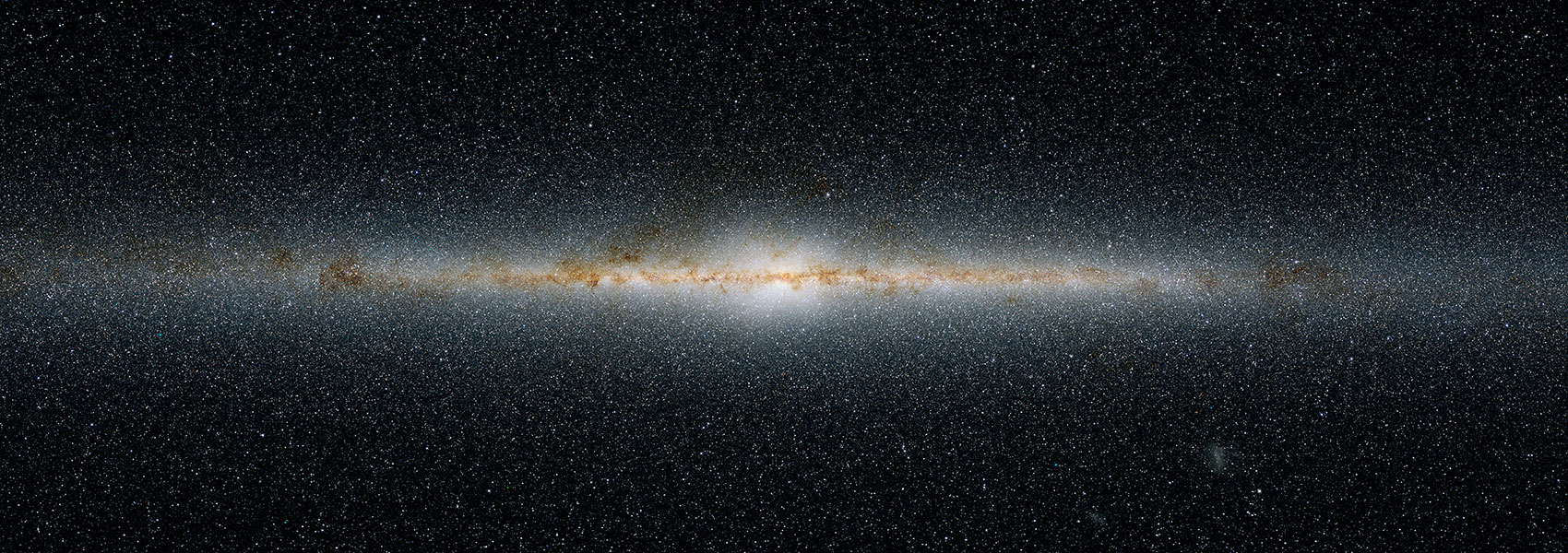September
2024
•
2024ApJ...972..143C
Authors
•
Castellano, Marco
•
Napolitano, Lorenzo
•
Fontana, Adriano
•
Roberts-Borsani, Guido
•
Treu, Tommaso
•
Vanzella, Eros
•
Zavala, Jorge A.
•
Arrabal Haro, Pablo
•
Calabrò, Antonello
•
Llerena, Mario
•
Mascia, Sara
•
Merlin, Emiliano
•
Paris, Diego
•
Pentericci, Laura
•
Santini, Paola
•
Bakx, Tom J. L. C.
•
Bergamini, Pietro
•
Cupani, Guido
•
Dickinson, Mark
•
Filippenko, Alexei V.
•
Glazebrook, Karl
•
Grillo, Claudio
•
Kelly, Patrick L.
•
Malkan, Matthew A.
•
Mason, Charlotte A.
•
Morishita, Takahiro
•
Nanayakkara, Themiya
•
Rosati, Piero
•
Sani, Eleonora
•
Wang, Xin
•
Yoon, Ilsang
Abstract
•
We spectroscopically confirm the M UV = ‑20.5 mag galaxy GHZ2/GLASS-z12 to be at redshift z = 12.34. The source was selected via NIRCam photometry in GLASS-JWST Early Release Science data, providing the first evidence of a surprising abundance of bright galaxies at z ≳ 10. The NIRSpec PRISM spectrum shows detections of N IV, C IV, He II, O III, C III, O II, and Ne III lines and the first detection at high redshift of the O III Bowen fluorescence line at 3133 Å rest frame. The prominent C IV line with rest-frame equivalent width (EW) ≈ 46 Å puts GHZ2 in the category of extreme C IV emitters. GHZ2 displays UV lines with EWs that are only found in active galactic nuclei (AGNs) or composite objects at low/intermediate redshifts. The UV line-intensity ratios are compatible with both AGNs and star formation in a low-metallicity environment, with the low limit on the [Ne IV]/[N IV] ratio favoring a stellar origin of the ionizing photons. We discuss a possible scenario in which the high ionizing output is due to low-metallicity stars forming in a dense environment. We estimate a metallicity ≲0.1 Z/Z ⊙, a high ionization parameter log U > ‑2, a N/O abundance 4–5 times the solar value, and a subsolar C/O ratio similar to the recently discovered class of nitrogen-enhanced objects. Considering its abundance patterns and the high stellar mass density (104 M ⊙ pc‑2), GHZ2 is an ideal formation site for the progenitors of today's globular clusters. The remarkable brightness of GHZ2 makes it a "Rosetta stone" for understanding the physics of galaxy formation within just 360 Myr after the Big Bang.
Links




